Your organization has a succession plan. But is anyone actually ready to lead?
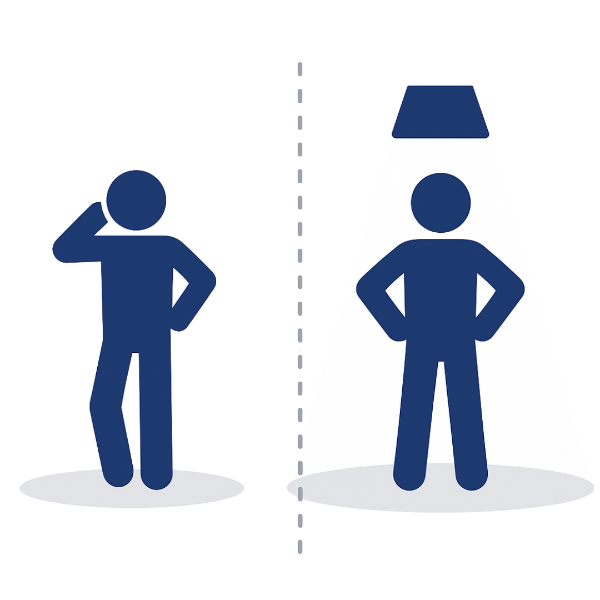
Where Succession Really Breaks
When top leaders exit, most replacements are technically eligible, but emotionally unprepared

A newly promoted leader freezes
During their first stakeholder town hall. They stumble through answers. They over-explain. Confidence in them and the department plummets

An acting executive keeps “checking in” before every decision
Because they’re unsure who truly owns the call. The project stalls. Deadlines shift. Your top performers quietly start job hunting.
A successor chokes on a public-facing announcement
Monotone voice, eyes locked on the script, no executive presence. The board doesn’t say anything, but you feel the tension. They’re thinking: “Did we promote the wrong person?”
What Happens If Nothing Changes?
When top leaders exit, most replacements are technically eligible, but emotionally unprepared
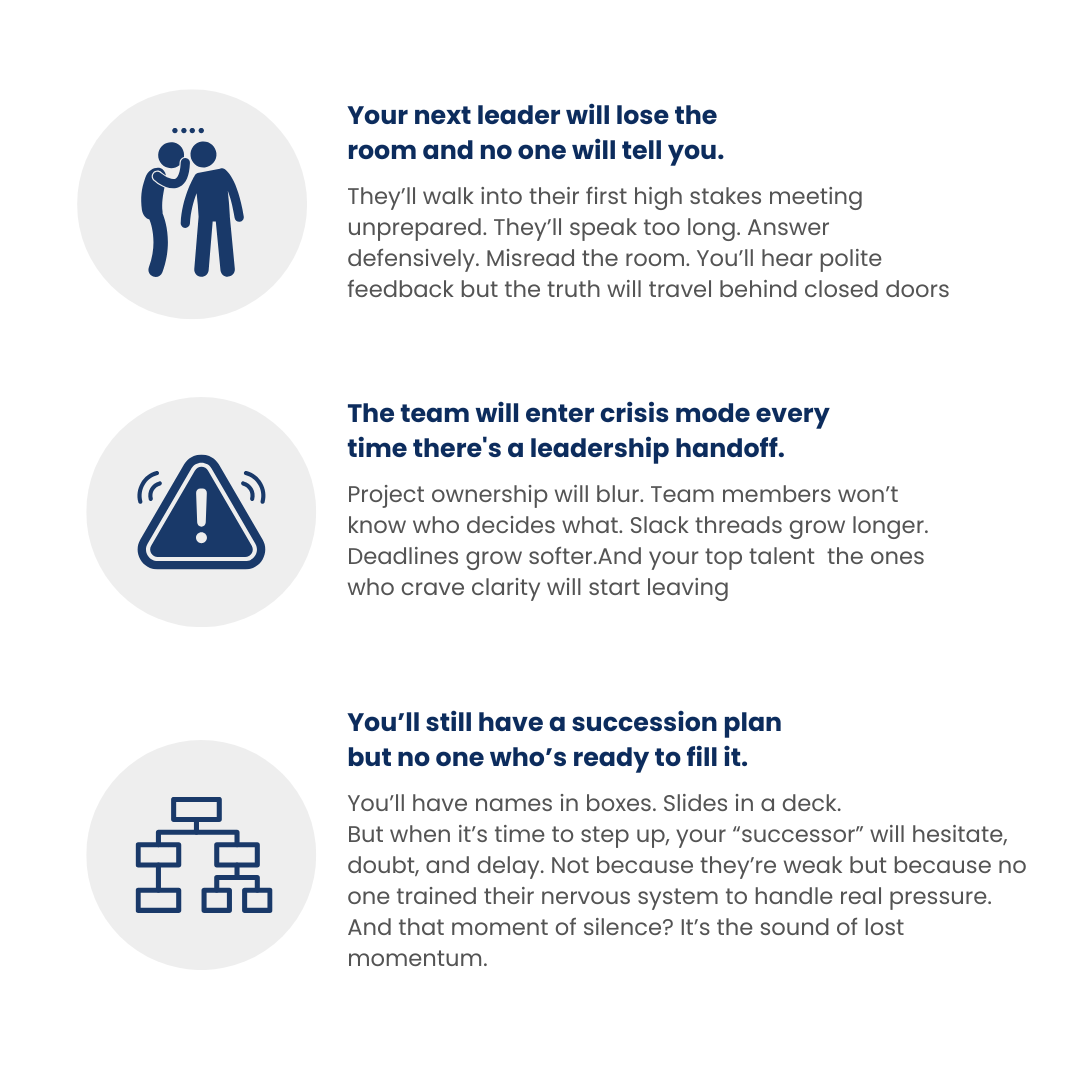
Succession Readiness Hypnosis
The only leadership solution that trains the subconscious to lead under pressure before the pressure hits.
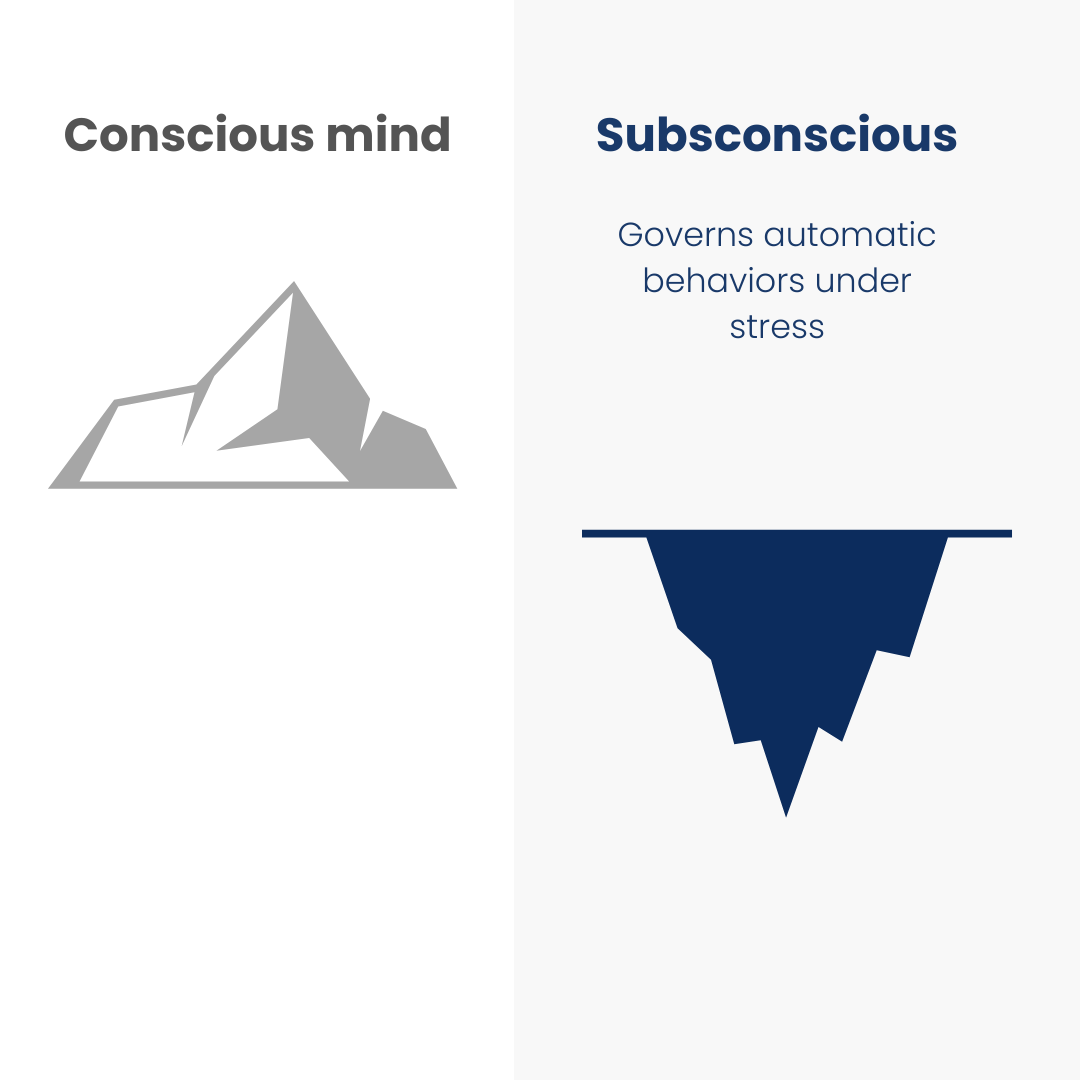
Most programs train your conscious mind. We train the 95% that actually runs the show — your subconscious.
The subconscious governs automatic behavior under stress how you respond to conflict, visibility, or decision-making when stakes are high.
That’s why even your smartest leaders can freeze, overtalk, or stall because their subconscious wasn’t prepared for the pressure.
Hypnosis allows us to access the theta brainwave state, where your subconscious becomes more open to mental rehearsal like downloading calm responses, strategic poise, and executive presence directly into your nervous system.

We don’t teach leadership theory. We simulate leadership reality where it actually counts.
In session, we recreate real-world scenarios: high-conflict meetings, board-level scrutiny, or public speaking moments.
But instead of “talking through it,” leaders rehearse these experiences while deeply relaxed, emotionally detached, and neurologically receptive.
This embeds the behavior before it’s needed — so the nervous system responds automatically when the real moment comes.
No overwhelm. No hesitation. Just readiness
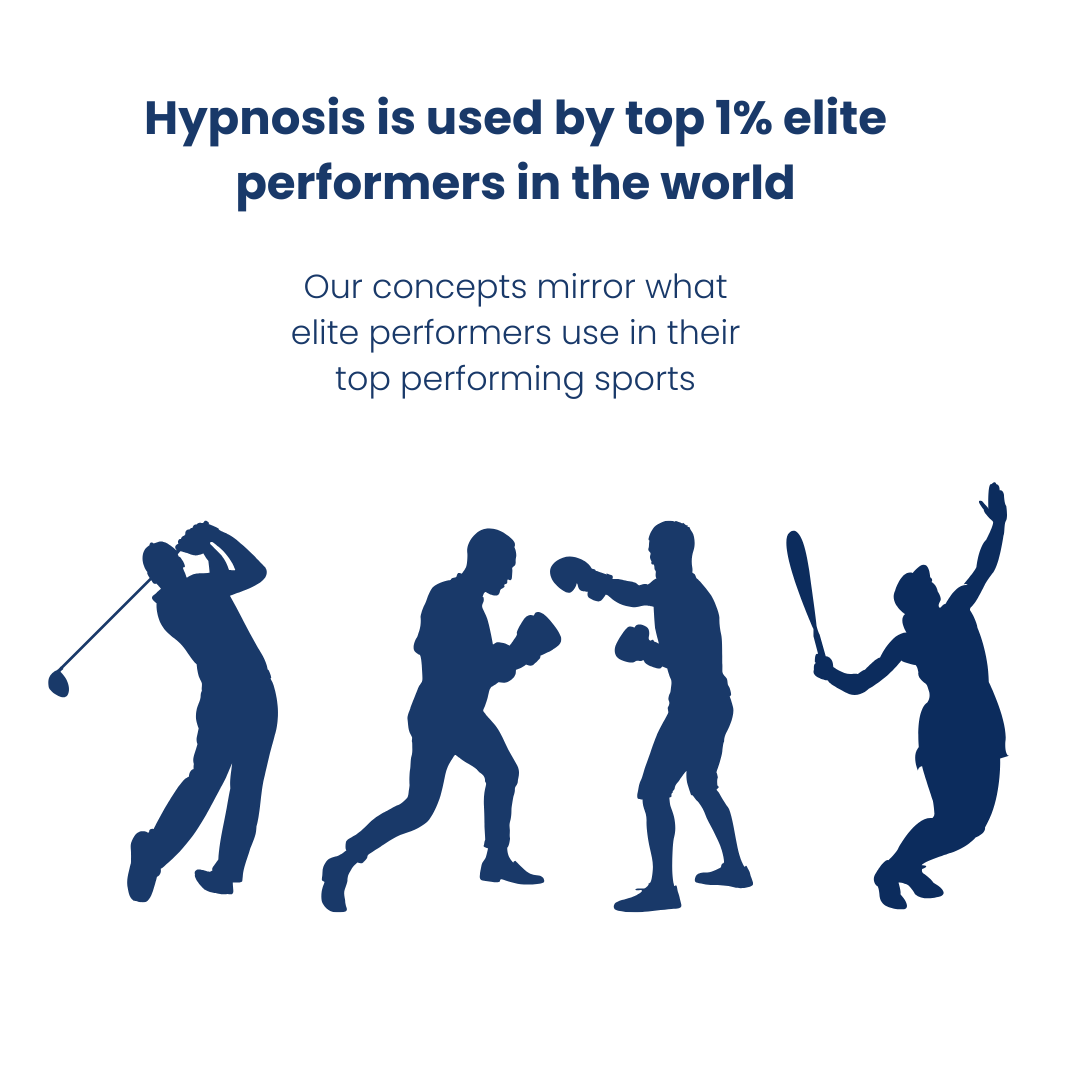
This isn’t alternative. It’s the same brain training used by Olympic athletes and elite performers.
Hypnosis is used by:
-
Michael Phelps (23x Olympic gold) for pre-race focus and calm
-
Tiger Woods, who began hypnosis at age 13 to master performance under pressure
-
Andre Agassi, who used hypnosis to rebuild confidence after losses
-
Mike Tyson, who used custom hypnotic scripts before every fight
How It’s Different...
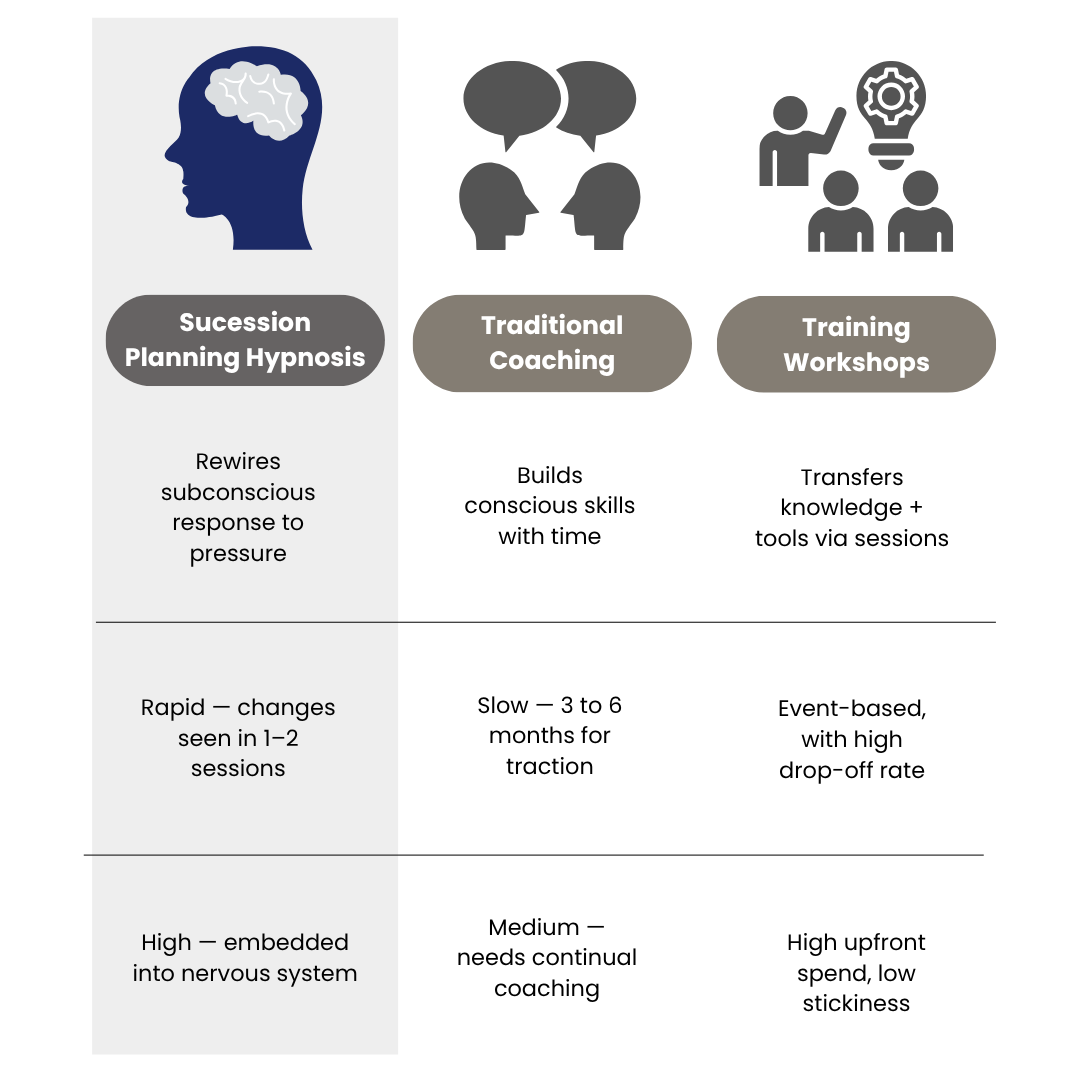
Our Detailed Approach...

FAQs what others like you have asked us...
t’s grounded in clinical hypnosis protocols backed by institutions like Stanford, Harvard, and the Mayo Clinic. Studies show hypnosis improves cognitive flexibility, emotional regulation, and performance under stress (meta-analysis effect size d = 0.67). This isn’t about “feeling better” — it’s about preparing your nervous system for pressure.
Belief isn’t required — participation is. We use light trance states that 97% of people can reach. Even mild hypnotic states can shift perception and behavior. It feels like a guided meditation + visualization — but with targeted rewiring underneath.
Yes — our sessions follow the ethical standards set by ARCH (Association of Registered Clinical Hypnotherapists). There’s no mind control or vulnerability — only guided, focused rehearsal with full consent. We screen participants beforehand and tailor sessions to professional contexts
Yes. Surgeons use hypnosis to stay calm and focused during complex procedures. Olympic athletes use it to mentally rehearse gold-medal routines. Elite executives are beginning to use the same protocols to prepare for high-stakes leadership moments. The common thread is performance under pressure. Hypnosis creates the neurological conditions for rapid internalization and emotional control—giving leaders a clear edge where it matters most.
You get hesitation. You get overthinking. You get strong resumes with shaky delivery. Leaders today face scrutiny, ambiguity, and visibility that can’t be solved with knowledge alone. Under pressure, they don’t access frameworks—they access reflexes. If those reflexes aren’t trained, performance drops. Our program targets the nervous system so calm, clarity, and control become automatic in the moments that matter most.
The biggest risk is promoting someone who checks every box—except readiness. When a successor hesitates in a boardroom, loses control in a stakeholder meeting, or defaults to over-explaining under pressure, the cost is invisible at first. But it builds quickly. You lose trust. Projects stall. Top performers start looking elsewhere. And leadership credibility takes a quiet hit. Traditional programs train for competence. But transitions aren’t won on paper. They’re won in the room. Under scrutiny. In moments that require clarity, not confusion. Without subconscious readiness, you’re hoping your leaders rise to the moment. With it, you’re training them to own it. One path leads to risk. The other leads to results.
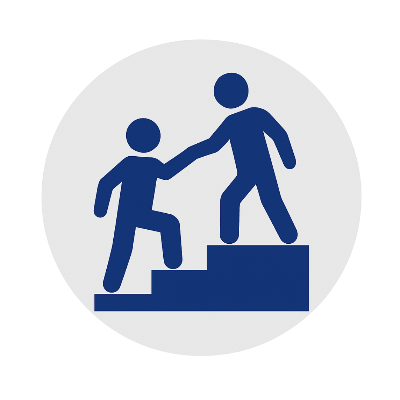
When a Leader Freezes, You Don’t Just Lose Momentum
You Lose Trust.
High-potential leaders deserve more than theory. They deserve precision.